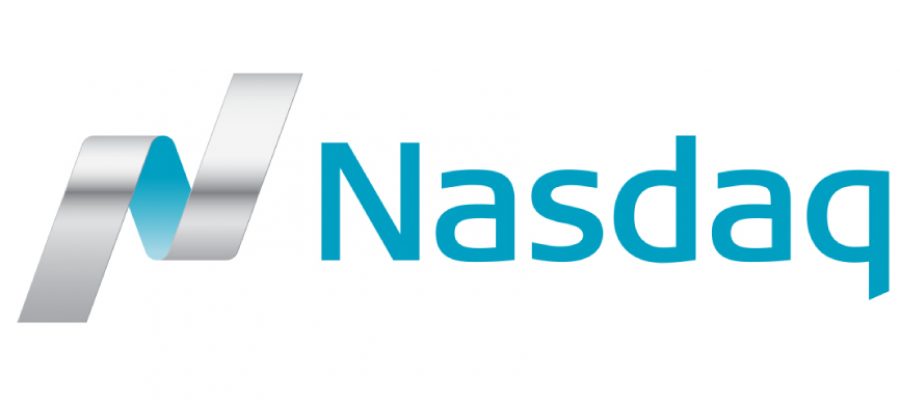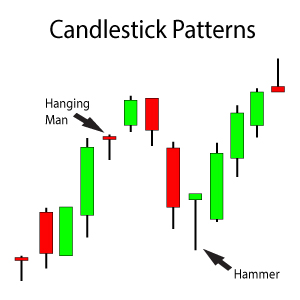The Federal Reserve September 2016 Rate Decision is less than 24 hours away. The Federal Reserve will announce their decision on interest rates tomorrow. However, before I begin I want to apologize for the website performance lately.
My webhost provider screwed up my database and has caused me a lot of aggravation. Rather than writing articles, I have been trying to make sure all members can get logged back into the site the last few days, including myself. They appear to have deleted code out of my membership plugin somehow causing everyone to lose their “access” rights to the forum and even some login issues. I anticipate switching webhost providers Friday or Saturday, so the website may be down for a little bit. However if you can not login by Sunday afternoon, please send me an email.
Federal Reserve September 2016 Rate Decision
Back to the Federal Reserve’s looming interest rate decision. Do the charts give any indication as to the Federal Reserve’s next move? Before we look at any charts, let’s first look at the number of Distribution Days that are reflected on the indices according to the “Big Picture” column from Investors Business Daily.
S&P – 8
NASDAQ – 4
The number of distribution days does not seem high enough to start a major correction for the NASDAQ, the index that we are mostly concerned with.
IBD’s weekly candlestick chart shows a lot of buying over the last 12 week period. That amount of buying seems like a Wave 3 of some degree. That buying fits right into my previous Elliott Wave perspective I wrote about and came up with a 5,800 target. That target I feel is going to be dependent on the Fed not raising rates tomorrow. If the Fed does not raise rates, the 5,800 target should still be in play. If they do raise rates and the market sells off, we want to look for the market to make one last rally where it makes one more new all-time high even after a sell-off.
The pullback area in the event of a sell-off would most likely be around the 4,900 – 5,000 level. Based on the Elliott Wave Pattern developing though, you should not see a pullback that goes below the current uptrend that started at the end of June 2016 at 4,574.25.
If this is a true Ending Diagonal Wave Pattern, then this pullback needs to break into Wave 1’s territory. That would mean the market is going to sell-off tomorrow. Does that mean the Fed is going to possibly raise rates to cause the sell-off?
This is a what one possible Ending Diagonal Wave Pattern would look like. This target is slightly lower than the 5,800 target I previously wrote about. If the market sells-off down to the 5,000 level or slightly below, that will help to confirm the Ending Diagonal Wave Pattern which I’ve illustrated.
What would it take for the market to reach my 5,800 target I previous wrote about? Mostly likely finding support around the 5,100 level and then rebounding sharply.
Summary
So while the Federal Reserve September 2016 Rate Decision is less than 24 hours away, the most important thing to remember though is this:
In any sort of trend ending pattern, an Ending Diagonal Wave Pattern is usually observed. For an Ending Diagonal Wave Pattern to form, it must continue pulling back and break below the 4,969.32 top of Wave 1. In an Ending Diagonal Wave Pattern, Wave 4 does break into the price territory of Wave 1 before it goes on to make one additional high. In this case, that would be one more all-time high. After that, I would recommend a larger than normal cash position.
After at least one more all-time high for the NASDAQ, the technical requirements for the Ending Diagonal Wave Pattern will have been met. It will be time to monitor daily charts at that point and look for bearish reversal signals if you intend to stay long in any stock at that point.















Ask a Question. Make a Comment. Leave a Reply.